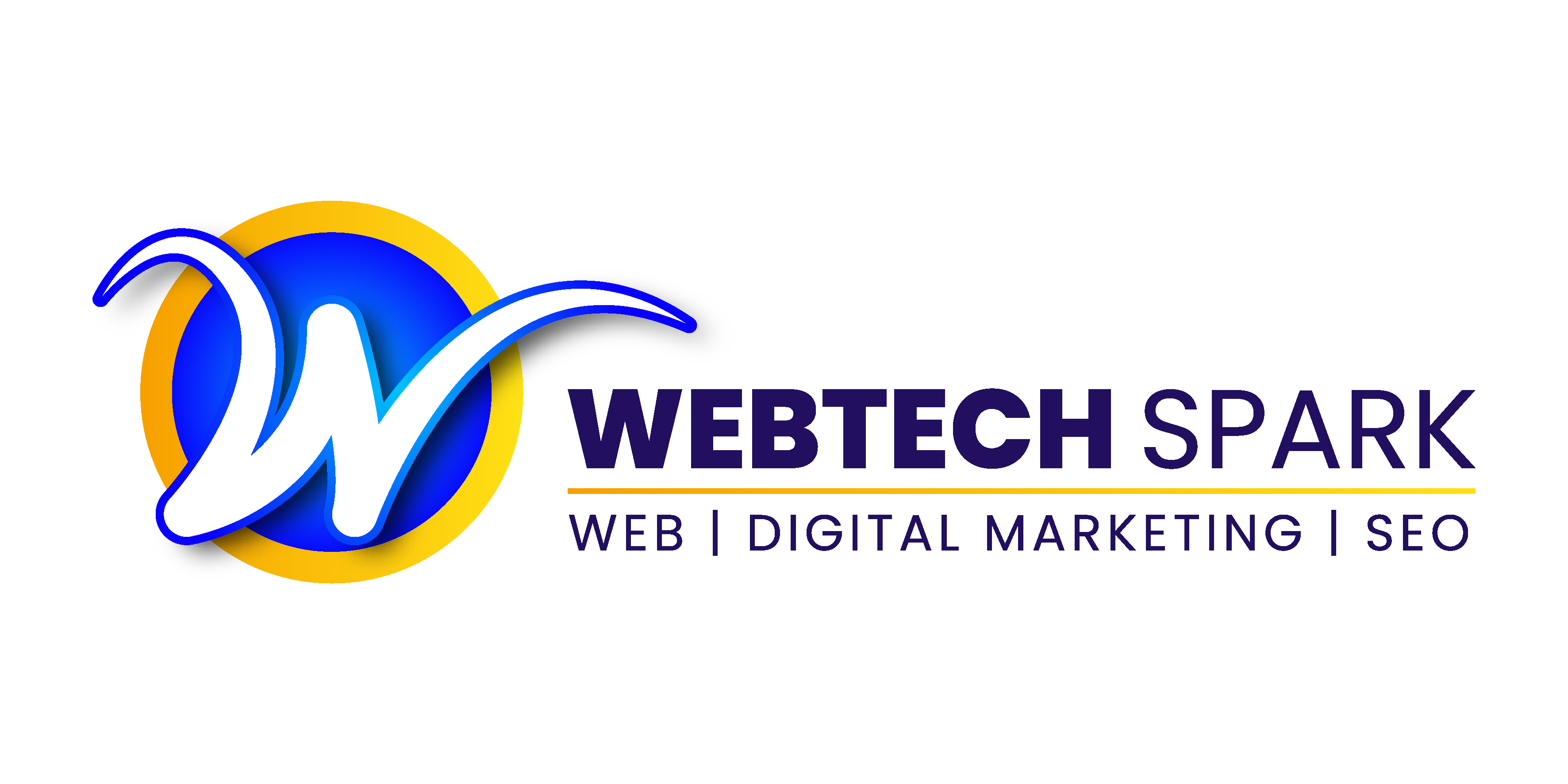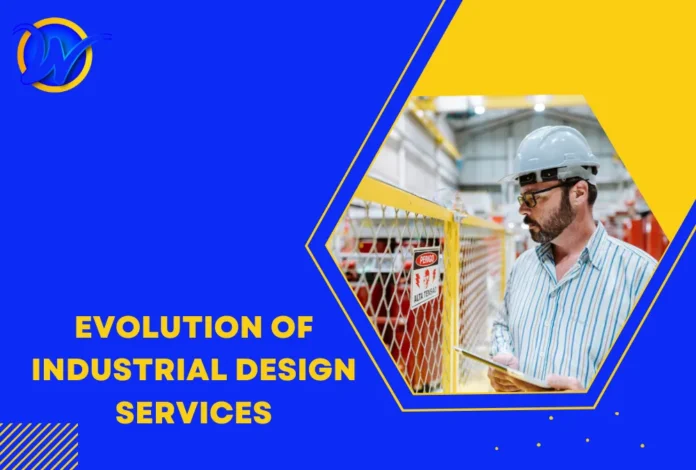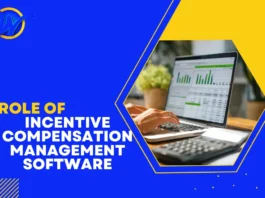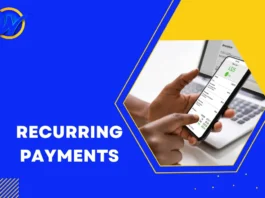Customers value their favorite products. It can be a sleek phone, a comfortable chair, or something with beautiful packaging. These customer experiences are a result of industrial design services that have always shaped industries.
In early times, businesses just cared about making products functional and efficient in the name of industrial design. But now, the focus has grown and branched. Today, there is something more than a functioning product; it is about
- How it feels
- How it connects with users
- How it fits into their lives
This is a great degree of shift from pure functionality to a full user experience. This marks an evolution in business design strategy. One of the most fascinating ones!
I this blog post, I will discuss more about the shift and its importance for organizations now.

The Early Days of Industrial Design
When industrial design first took shape in the early 20th century, the priority was simple: function first. Products needed to solve a problem, be reliable, and, if possible, look pleasing.
One of the pioneers, Henry Dreyfuss, captured this in his 1955 book Designing for People. He emphasized that good design should make life easier for users, whether it was a thermostat, a telephone, or an appliance.
Back then, industrial design services focused on:
- Ergonomics (making products comfortable to use).
- Efficiency (ensuring products worked as promised).
- Physical appeal (adding basic aesthetics).
In short, the role of design was to produce objects that worked well and looked decent enough to sell.
The Shift Toward User Experience
By the mid-20th century, businesses realized that functionality alone was not enough. Products also needed to delight.
A surprising influence here was Walt Disney. When creating his theme parks in the 1960s, he used principles we would now call user experience. From the way people moved through spaces to how stories unfolded around them, Disney showed that design could create emotions, not just efficiency.
For industrial design services, this was a turning point:
- Products became user-friendly, not just usable.
- Emotional connection became as important as technical perfection.
- Experiences began to matter as much as objects themselves.
Digital Transformation of Industrial Design Services
If you look into the digital era, you will find several things have transformed the industry. It included:
- The rise of computers
- CAD (computer-aided design)
- Digital prototyping
So, before proceeding to production, designers could test, refine, and visualize products. All of it could be done with precision.
This era also gave birth to interaction design. Products were no longer just physical; they had interfaces. Think about ATMs, early computers, or even microwaves with digital panels. Suddenly, designers had to ensure people could navigate buttons, menus, and screens easily.
Industrial design services expanded their toolkit to:
- Create intuitive digital interactions.
- Design for both experts and beginners.
- Bridge the gap between physical form and digital function.
Today’s Focus: User Experience at the Core
In today’s market, design and user experience are inseparable. A phone is not judged just by how well it makes calls but by how smooth the touch screen feels, how seamless the apps run, and even how satisfying the packaging is.
Modern industrial design services now bring together:
- Product designers
- UX researchers
- Behavioral scientists
- Brand strategists
All of these professionals work to make sure that every aspect of a product is doing well: looks, feel, functions, and interactions. All of it works to build a lasting bond with the user.
Therefore, nowadays we need to make products with industrial designs that people actually fall in love with.
Current Trends and Future Directions
So, where is industrial design headed? Here are five trends shaping the future:
- Human-Centric Design
- Products are designed for inclusivity, accessibility, and comfort.
- Designers use real user feedback and even biometric data to refine products.
- AI and Data Integration
- Artificial intelligence enables hyper-personalization.
- Products can adapt to individual needs using data analytics.
- Smart & Connected Products
- With IoT, everyday objects are “smart.”
- Designers focus on intuitive interfaces and secure connectivity.
- Sustainability
- Eco-friendly materials and processes are now a must.
- Designs consider repairability, recyclability, and reduced waste.
- Emotional Durability
- Products are built to last emotionally as well as physically.
- When users feel proud of owning something, they keep it longer.
Business Value of Industrial Design Services
For organizations, this evolution is both the design philosophy and a business advantage.
Here is a quick comparison:
| Old Approach | New Approach |
| Focused only on function and form | Focuses on function, form, and full user experience |
| Short-term usability | Long-term emotional connection |
| Designed for efficiency | Designed for inclusivity and delight |
| Viewed as a support service | Recognized as a core business strategy |
By adopting modern industrial design services, companies can:
- Build stronger brand loyalty
- Differentiate themselves in competitive markets
- Align with sustainability goals
- Create products that adapt to changing customer expectations
Think about companies that are market leaders today. Their success does not come from making functional products alone; it comes from creating experiences that keep customers coming back.
Why This Matters for Organizations
Perspectives in the market have changed so much today that businesses do not treat design as an afterthought. They can not afford to lose customers because of this oversight. Customers have become very demanding. They look for sustainability, personalization, seamless use, emotional resonance, and whatnot.
Industrial design services give businesses a structured way to:
- Reimagine existing products
- Innovate with new ideas
- Align design strategy with brand values
It is not just about “how a product looks” anymore. It is about how it makes users feel. And that feeling often determines whether they stay loyal to the brand.
Conclusion
The journey of industrial design services from functionality to user experience reflects how far businesses have come in understanding people.
- Early design was about solving problems
- Later design added a connection with emotion.
- Today, design is about building lasting relationships between products and users
Organizations have no other choice but to accept this evolution. Industrial design services make the products better, and they make businesses stronger, more sustainable, and more competitive.
And in a world where customers have endless choices, that difference can mean everything.




